Ocean Representation in Climate Models
The ocean exerts a strong control on the heat and carbon budget of our planet and changes in ocean properties and circulation patterns will directly influence the amount of atmospheric warming felt throughout the 21st century and beyond. It is vital that climate models accurately represent ocean circulation and properties in order to produce viable future projections. One of our major goals is to use modern observations and observational products to diagnose and quantify existing biases in ocean representation in climate model simulations. Documentation of such biases is just the first step – we aim to build a process-level understanding of contributors to model biases, i.e., are the models producing an accurate simulation for the right reasons? Are biases compensating for one another? Is one process improving at the expense of another? Knowledge gained from these studies can be used to drive process-focused experiments to understand differing model responses to climate forcing, producing improved simulations, and thus reducing the uncertainty in future projections. The simulations we are interested in evaluating on those used to produce future climate projections – models that contribute to the World Climate Research Programme’s Coupled Model Intercomparison Project (CMIP). CMIP is an international climate modelling effort aimed to better understand past, present, and future climate changes through coordinated experimental designs and protocols across climate models worldwide.
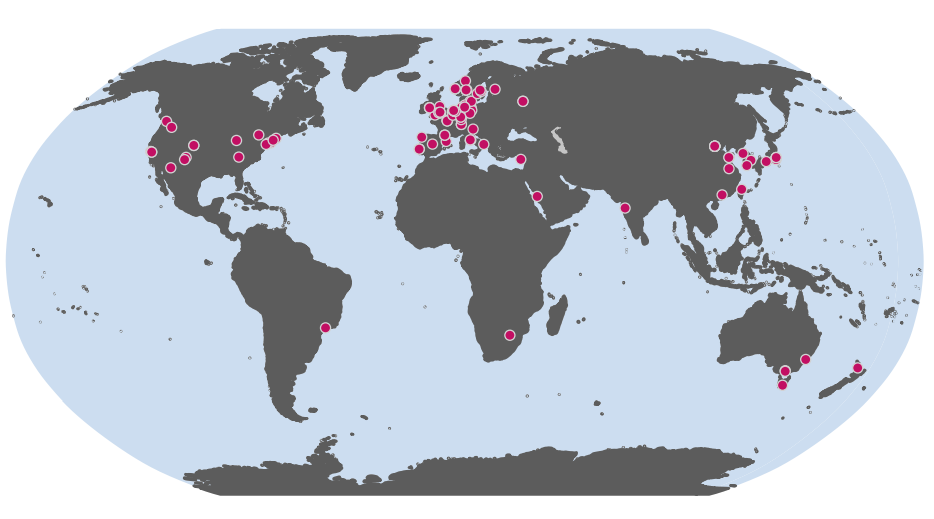
https://doi.org/10.1038/s41558-019-0599-1
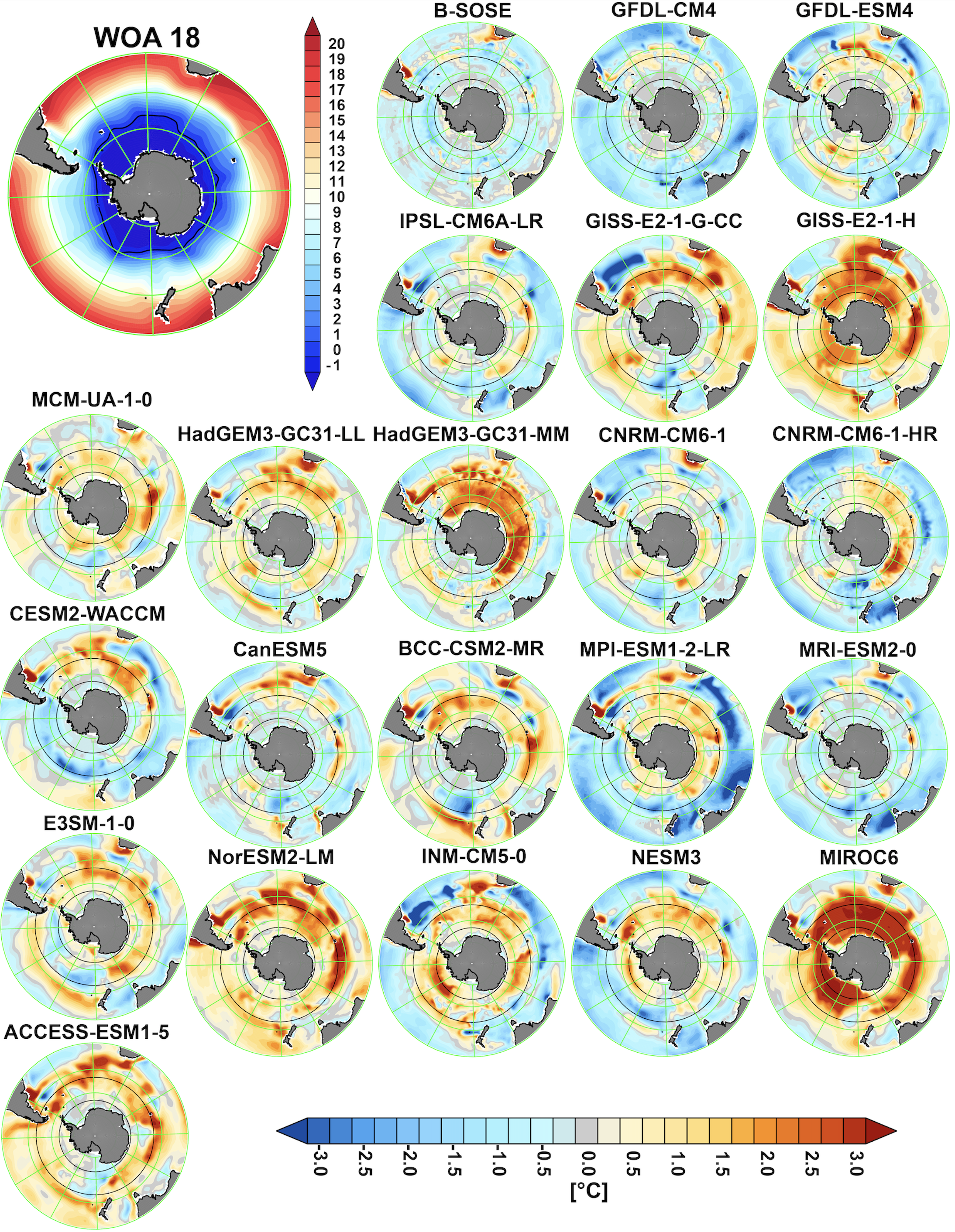
Related papers:
Beadling, R. L., J. L. Russell, R. J. Stouffer, M. Mazloff, L. D. Talley, P. J. Goodman, J-B Sallee, H. T. Hewitt, P. Hyder, and A. Pandde, 2020: Representation of Southern Ocean properties across coupled model intercomparison project generations: CMIP3 to CMIP6. Journal of Climate, 33, 6555-6581, https://doi.org/10.1175/JCLI-D-19-0970.1.
Beadling, R. L., J. L. Russell, R. J. Stouffer, P. J. Goodman, and M. Mazloff, 2019: Assessing the quality of Southern Ocean circulation in CMIP5 AOGCM and Earth system model simulations. Journal of Climate, 32, 5915–5940, https://doi.org/10.1175/JCLI-D-19-0263.1.
Beadling, R. L., J. L. Russell, R. J. Stouffer, and P. J. Goodman, 2018: Evaluation of Subtropical North Atlantic Ocean Circulation in CMIP5 Models against the Observational Array at 26.5°N and Its Changes under Continued Warming, Journal of Climate, 31, 9697-9718, https://doi.org/10.1175/JCLI-D-17-0845.1.
High Resolution Climate Modeling
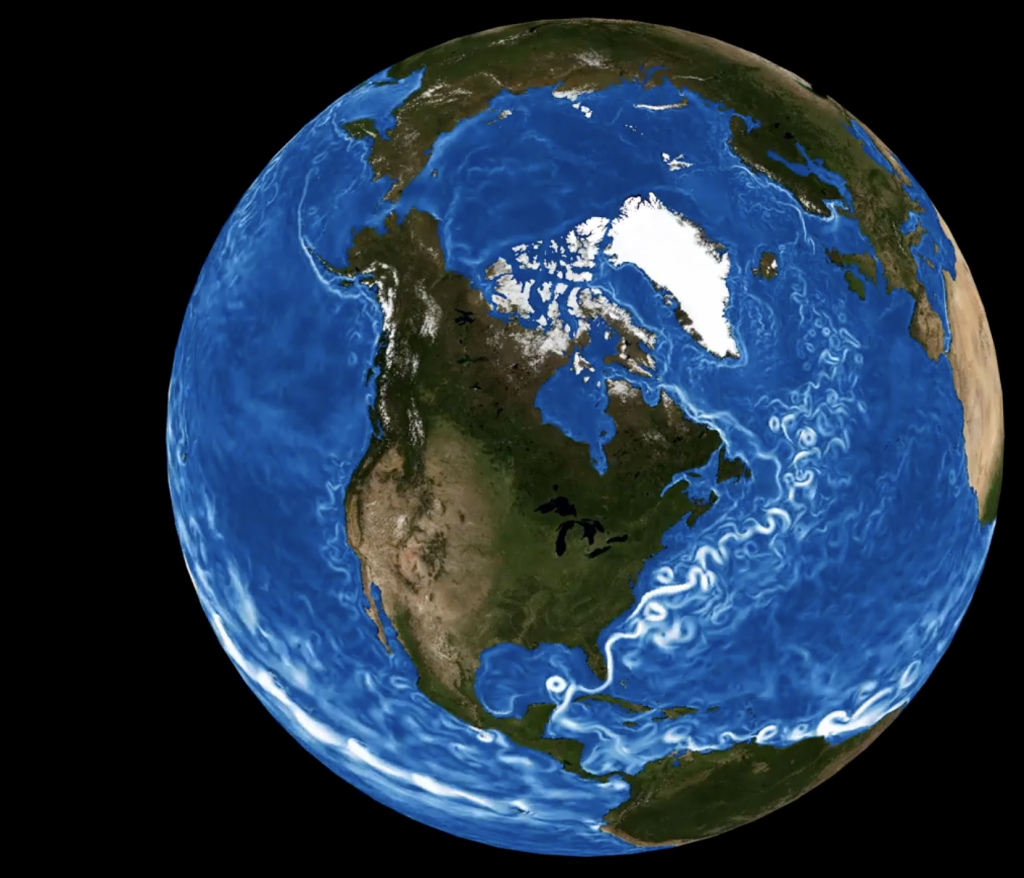
As climate models become more sophisticated and move toward higher resolution, they become significantly more computationally expensive and generate large volumes of output that are increasingly difficult to store and analyze using existing tools. So it is natural to ask, what benefits do we get from modeling the Earth system at such high resolution? Do climate models that are able to resolve small scale features in ocean circulation respond differently to climate forcing compared to low resolution models? What processes become important at high resolution? We address these questions by assessing model performance and their response to external forcing in coupled simulations across ocean horizontal resolutions ranging from 100 km to 8 km.
Related papers:
Hewitt, H. T., M. Roberts, P. Mathiot, A. Biastoch, E. Blockley, E. P. Chassignet, B. Fox-Kemper, P. Hyder, D. P. Marshall, E. Popova, A-M. Treguier, L. Zanna, A. Yool, Y. Yu, R. Beadling, M. Bell, T. Kuhlbrodt, T. Arsouze, A. Bellucci, F. Castruccio, B. Gan, D. Putrasahan, C. D. Roberts, L. V. Roekel, and Q. Zhang, 2020: Resolving and parameterizing the ocean mesoscale in Earth System Models. Current Climate Change Reports, 6, 137-152, https://doi.org/10.1007/s40641-020-00164-w.
Southern Ocean Dynamics, Ocean – Ice Interactions, and remote consequences
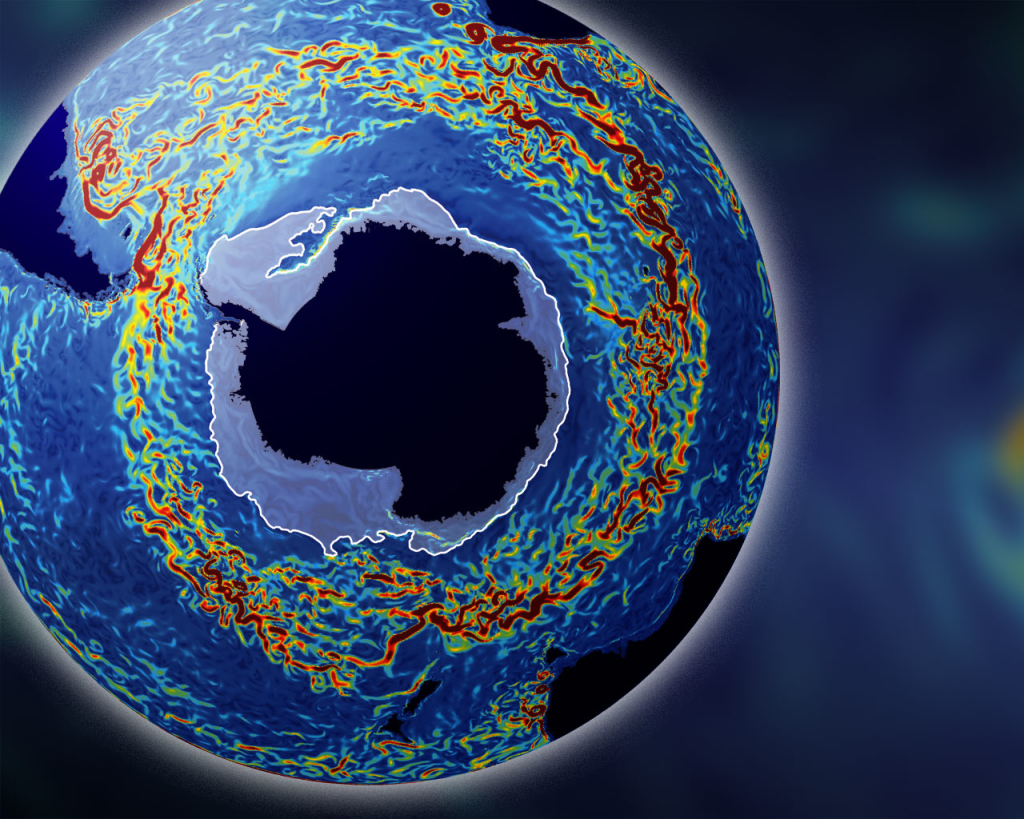
While occupying a small region of the global ocean, the high-latitude oceans have an outsized influence on the global climate system. The high latitude oceans interact directly with Earth’s ice sheets, the Greenland and Antarctic Ice Sheet, two massive sources of freshwater and potential future sea level rise. The ocean also strongly influences sea ice formation and melt at high-latitude and vice versa. The Southern Ocean, south of 30 degrees S, in particular, also plays a vital role in Earth’s heat and carbon budget due to the unique dynamics that occur here where the strongest winds on our planet interact with waters from the abyss. Many of our questions center around understanding the dynamics that govern circulation in the Southern Ocean, the coupling between the ocean and cryosphere, between physical and biogeochemical regimes, how these systems will evolve in a warming climate, and the remote impacts of these localized processes.
Related papers:
Beadling, R. L., J. P. Krasting, S. M. Griffies, W. J. Hurlin, B. Bronselaer, J. L. Russell, G. A. MacGilchrist, J. -E. Tesdal, and M. Winton, 2022: Importance of the Antarctic Slope Current in the Southern Ocean Response to Ice Sheet Melt and Wind Stress Change. Journal of Geophysical Research: Oceans, 127, e2021JC017608, https://doi.org/10.1029/2021JC017608.
Large-Scale Climate Dynamics
We are not interested in ocean dynamics as an isolated system, but we are interested in the entire coupled climate system and how the ocean, atmosphere, cryosphere, and land interact to produce past, present, and future climate states. We use observations and climate output to understand how large-scale dynamics change as a result of external forcing and to probe the role that individual components of the climate system play in the larger climate state. Climate models allow us to carry out experiments where we can change a single component of our Earth system, (see Stouffer et al., 2022 below for a neat study where all the world’s mountains were removed!), to investigate its role in the global climate system.
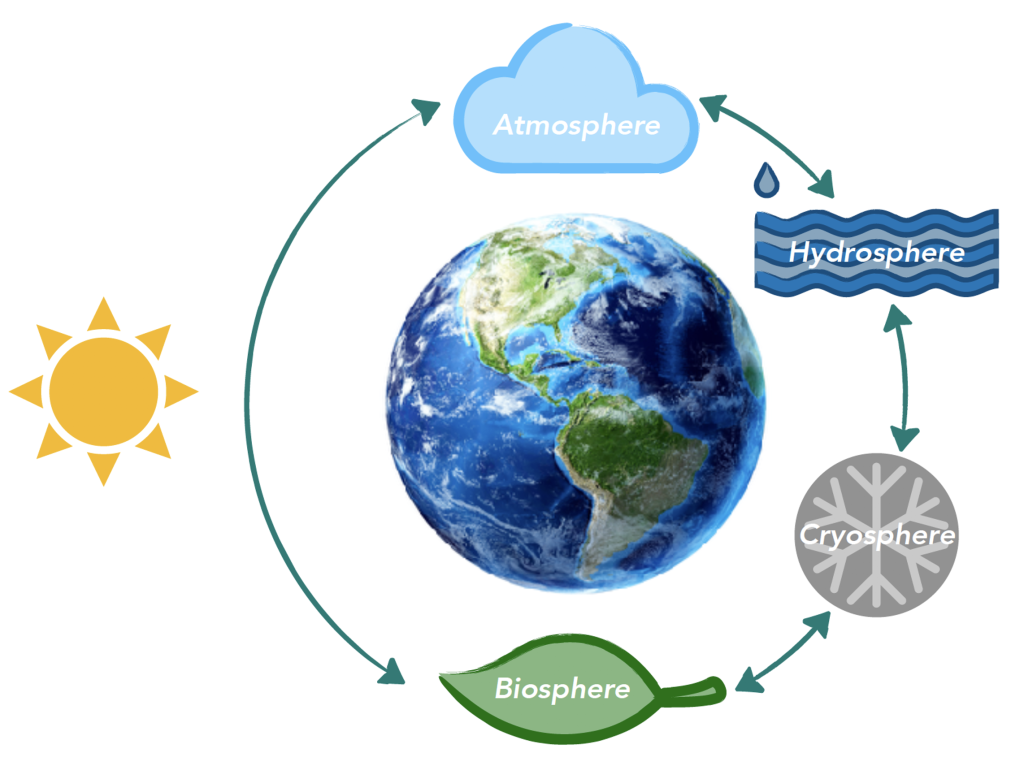
Related papers:
Stouffer, R. J., J. L. Russell, R. L. Beadling, A. J. Broccoli, J. P. Krasting, S. Malyshev, and Z. Naiman, 2022: The Role of Continental Topography in the Present-Day Ocean’s Mean Climate, Journal of Climate, 35, 1327-1346, https://doi.org/10.1175/JCLI-D-20-0690.1.